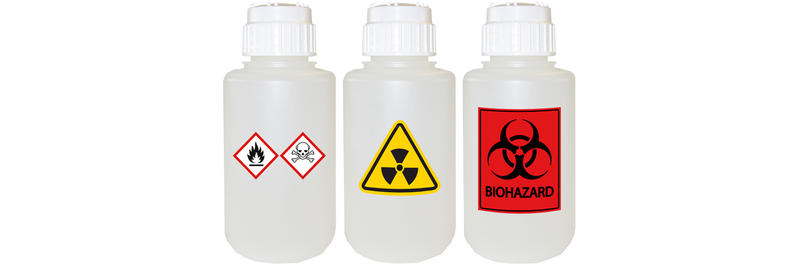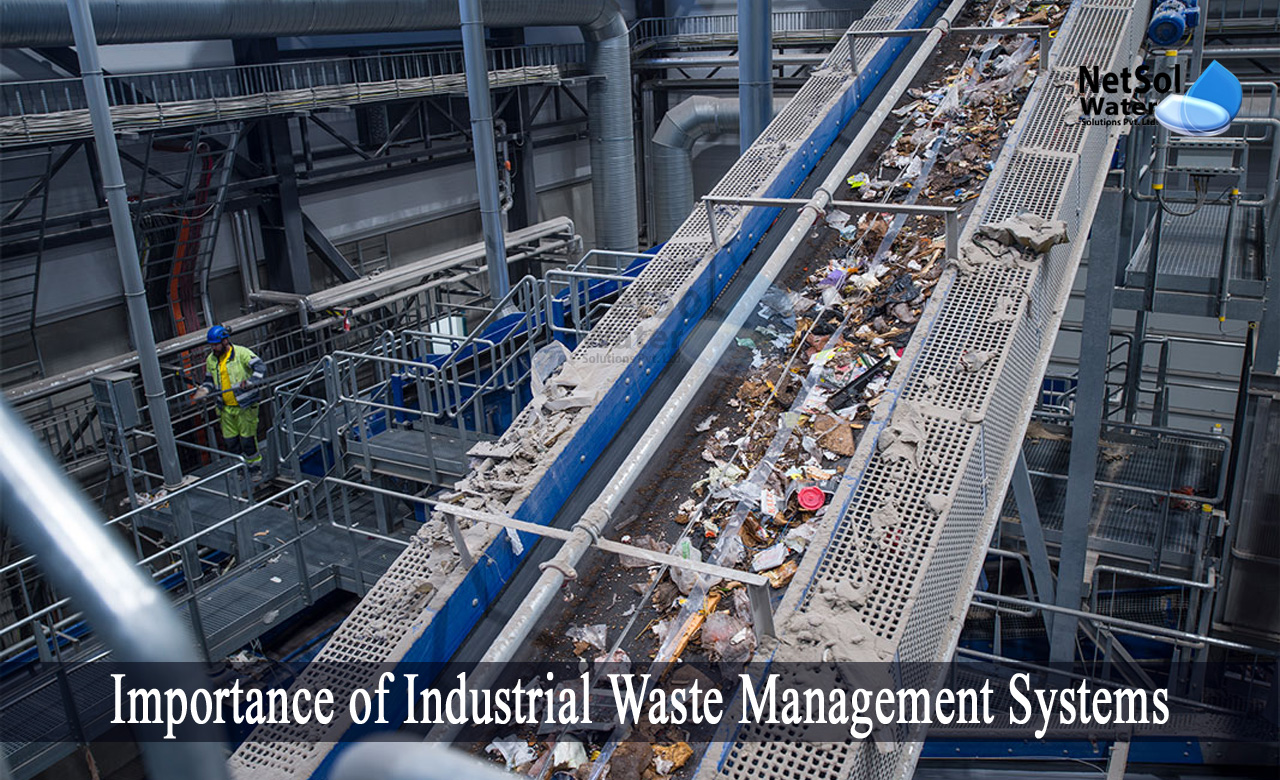8 Easy Facts About Reclaim Waste Explained
Everything about Reclaim Waste
Table of ContentsIndicators on Reclaim Waste You Should KnowReclaim Waste Things To Know Before You Get ThisReclaim Waste Can Be Fun For EveryoneThe smart Trick of Reclaim Waste That Nobody is Talking AboutThe Greatest Guide To Reclaim Waste
Discover the types, occurrences, and types of liquid waste. Residential sewage waste describes the waste and products from a domestic septic system. This kind of waste is produced by human beings in houses, colleges, and various other structures. This only includes septic systems that have a drainpipe area. The proper monitoring and disposal of residential sewage waste need liquid waste to be moved to a sewage treatment plant where the correct techniques and tools are applied to detoxify and dispose of waste.
Commercial waste frequently consists of potential risks, such as flammable materials or a blend of fluid and strong waste products, and calls for an advanced and thorough disposal procedure. The disposal of commercial waste normally involves the filtering of waste prior to transport to guarantee risk-free and proper disposal. Industrial waste is produced from byproducts and drainage of commercial processes and production.
This kind of waste can not utilize the exact same sewer management transport or processes as septic or business fluids. The hazardous waste administration procedure requires the evaluation and testing of liquid waste prior to it undertakes the disposal procedure (industrial wastewater treatment). Runoff waste is the liquid waste that comes from runoff and excess stormwater in extremely populated locations or cities
Drainage waste can trigger contamination and flooding if not dealt with correctly. Making sure correct waste administration can stop catastrophes and decrease ecological injury.
The Reclaim Waste PDFs
Contact PROS Providers today to discover our waste monitoring and disposal solutions and the proper methods to take care of the liquid waste you generate.
(https://reclaimwaste1.wordpress.com/2024/11/12/efficient-liquid-waste-disposal-in-melbourne-reclaim-wastes-expert-solutions/)Do you understand what occurs to your water when you disengage, purge the bathroom or drain pipes the cleaning device? No? Well, it's worth recognizing. This so-called 'wastewater' is not only a vital source but, after therapy, will certainly be released to our land, rivers or the ocean. Made use of water from commodes, showers, bathrooms, kitchen sinks, washings and industrial procedures is understood as wastewater.

water used to cool machinery or tidy plant and tools). Stormwater, a type of wastewater, is runoff that moves from agricultural and metropolitan areas such as roofs, parks, yards, roads, courses and gutters into stormwater drains pipes, after rainfall. Stormwater moves untreated straight to local creeks or rivers, eventually getting to the ocean.
Some Known Incorrect Statements About Reclaim Waste
In Queensland, a lot of wastewater is dealt with at sewer treatment plants. Wastewater is delivered from residential or commercial sites with a system of sewers and pump terminals, called sewage reticulation, to a sewer treatment plant. City governments construct, keep and run most sewer treatment plants. Operators are licensed under the Environmental Management Act 1994 to discharge cured wastewater at an appropriate environmental criterion into rivers.
The Department of Natural Resources advises city governments regarding handling, operating and keeping sewage systems and treatment plants. In unsewered areas, local governments may require owners to mount private or family sewer treatment systems to deal with domestic wastewater from commodes, cooking areas, washrooms and washings. The Department of Natural Resources authorises making use of household systems when they are shown to be reliable.
In some brand-new communities, therapy of some stormwater to remove litter, sand and crushed rock has begun using gross contaminant traps. Wastewater treatment happens in 4 stages: Removes strong issue.
Uses tiny living microorganisms understands as micro-organisms to damage down and remove remaining liquified wastes and fine particles. Micro-organisms and wastes are integrated in the sludge.
Things about Reclaim Waste
Nutrient removal is not readily available in all sewage treatment plants because it calls for expensive specialised equipment. It is becoming a lot more typical in Queensland. Clear liquid effluent created after therapy might still contain disease-causing micro-organisms. If this effluent is released right into waterways such as rivers or the sea, the micro-organisms will eventually pass away out.

This normally indicates wastewater has to be treated or impurities removed prior to it can be discharged to waterways. A lot of wastewater streams into the sewage system. Under the Act, city governments carry out authorizations and permits for eco relevant tasks (Ages) involving wastewater launches that may have a neighborhood effect. The division provides approvals and permits to ERAs involving wastewater launches that might visit their website have a local or statewide effect.
A Biased View of Reclaim Waste
Otherwise, samples are taken for research laboratory evaluation. Often many examinations are needed to establish the levels of each of the different toxins such as oils, heavy metals and pesticides in water. Surveillance gives accurate info regarding water quality and can verify that licence conditions are being satisfied. The details obtained via surveillance offers the basis for making water high quality choices.